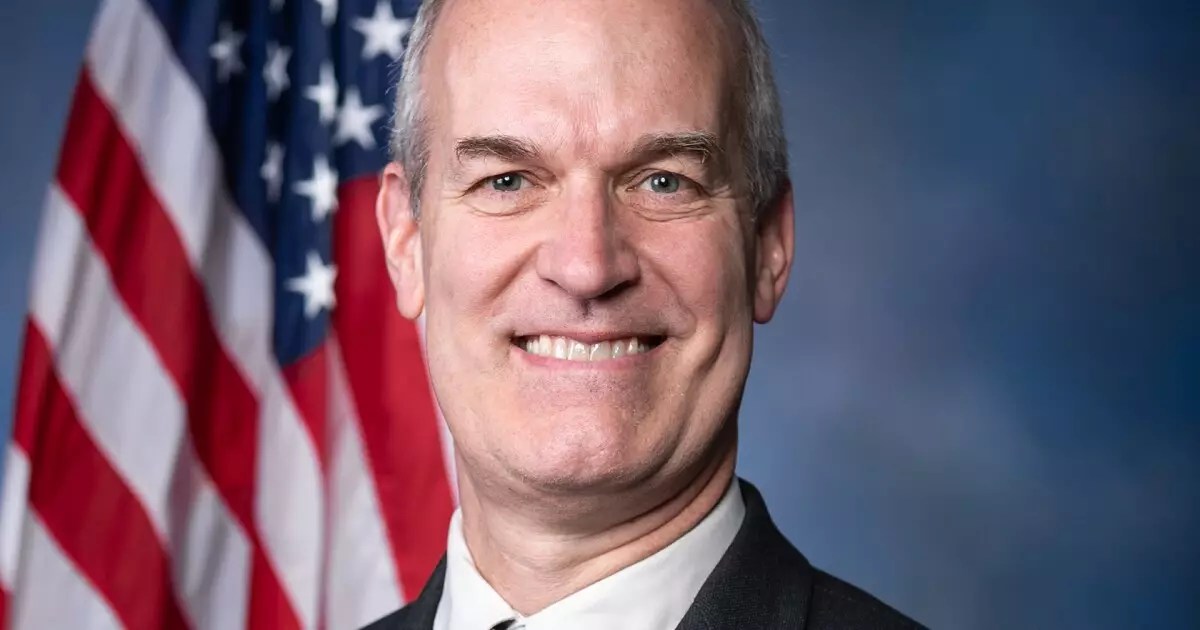The initial actions taken by President Trump in the form of Executive Orders ignited significant controversy, especially regarding the implications for infrastructure funding. These actions particularly targeted federal grants tied to local transportation projects, inciting a mix of outrage among House Democrats and concern among state transportation officials. This reaction unveils a deep-seated anxiety about the future of vital infrastructure initiatives across the nation. Observers noted that halting federal investments jeopardizes not just financial assistance but also the jobs and community benefits derived from ongoing projects. As Rick Larsen, the Ranking Member of the House Transportation and Infrastructure Committee, expressed, the decision jeopardizes millions of dollars and hundreds of thousands of jobs, fundamentally undermining local economies vital to congressional districts.
The swift action of this executive order underscores a troubling trend where immediate political maneuvers can destabilize years of legislated efforts aimed at maintaining and improving infrastructure. It raises a pivotal question: How can an administration justify such moves knowing their potential consequences on bipartisan agreements that had been painstakingly crafted before they took office?
The Bipartisan Infrastructure Law and Its Challenges
The debate extends beyond party lines when discussing the Bipartisan Infrastructure Law, known as the Infrastructure Investment and Jobs Act (IIJA). This critical legislation not only aimed to renew funding but also introduced new discretionary programs intended to modernize infrastructure and promote sustainable practices. These initiatives included enhanced support for electric vehicle charging stations and measures to reduce carbon emissions, demonstrating a progressive ideological shift within infrastructure funding.
However, the underlying tension between formula funding and discretionary grants highlights a complex funding landscape. State Department of Transportation (DOT) officials rely heavily on formula funding, which is a more predictable and steady source of income. In contrast, the discretionary funding prioritizes specific projects but often lacks the immediacy required to address urgent needs across various states. Jim Tymon of the American Association of State Highway and Transportation Officials noted an alarming disparity in the expenditure rates of allocated funds: with 67% of formula dollars used within two years, versus a mere 1% to 7.4% for discretionary grants. This raises questions about the efficacy and accessibility of available funding channels.
Underpinning this financial precariousness is the Highway Trust Fund, which is projected to be solvent only until 2027. This fund, heavily reliant on fuel taxes, has not seen an increase in rates since the administration of President Clinton. As economies evolve and needs grow, the lack of adjustment to statutory funding mechanisms threatens the very projects designed to foster economic growth and mobility.
The Reaction from Industry Experts and Lawmakers
The confusion stemming from the Executive Order’s multifaceted implications led to a palpable sense of panic among industry leaders and lawmakers. The temporary suspension of federal funding reimbursements for established formula programs ignited fears of an impending funding crisis. While the U.S. Department of Transportation (DOT) assured stakeholders that federal dollars would continue to flow, uncertainty lingers. This predicament illustrates the volatile nature of infrastructure funding during political transitions and highlights the pressing need for continuous dialogue between state officials and federal entities.
Furthermore, as new administrations seek to implement fiscal strategies—such as tax cuts while managing a daunting national debt—the potential for political disputes to encroach upon bipartisan infrastructure projects becomes alarming. Matthew Colvin’s comments reflect a broader awareness of tensions arising from differing political ideologies, which may ultimately obstruct progress on the infrastructure front.
The initial actions of President Trump illustrate the deeply interconnected relationship between executive decision-making and its tangible effects on infrastructure funding and development. The tumultuous landscape complicated further by the pending insolvency of the Highway Trust Fund underlines the urgency for cohesive bipartisan cooperation, particularly in addressing the nation’s infrastructure needs. As the discussions around IIJA unfold, industry leaders and policymakers must prioritize clarification, collaboration, and sustained investment to ensure the envisioned infrastructure projects reach fruition, thus safeguarding both economic progress and job security across the nation. The path ahead demands a united front in overcoming not only the challenges inherent in funding structures but also the ideological divides that threaten to stymie progress in such a critical area of national importance.


Leave a Reply